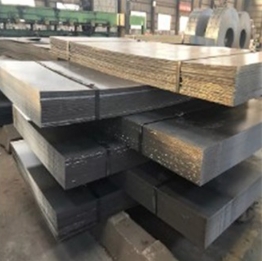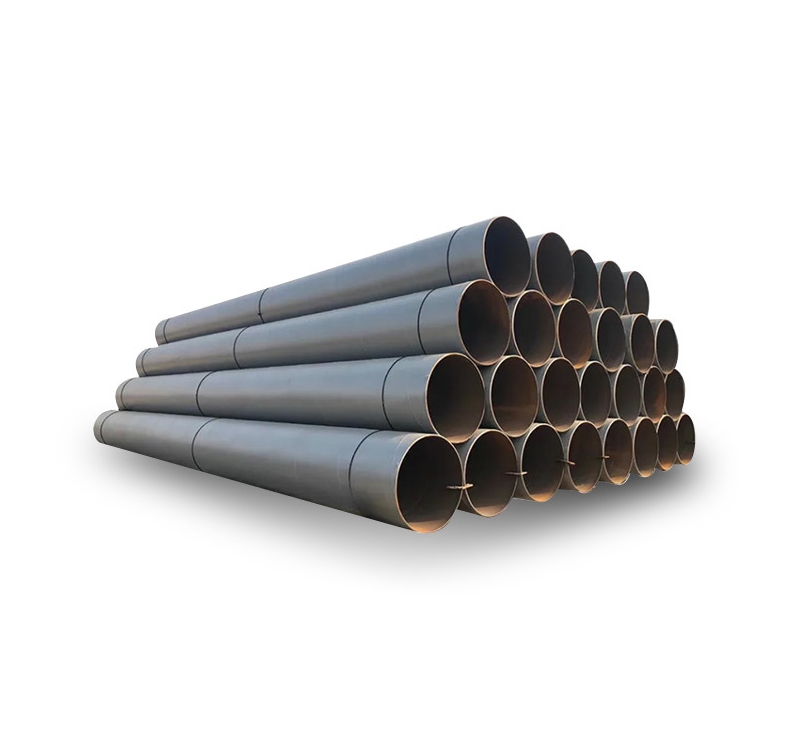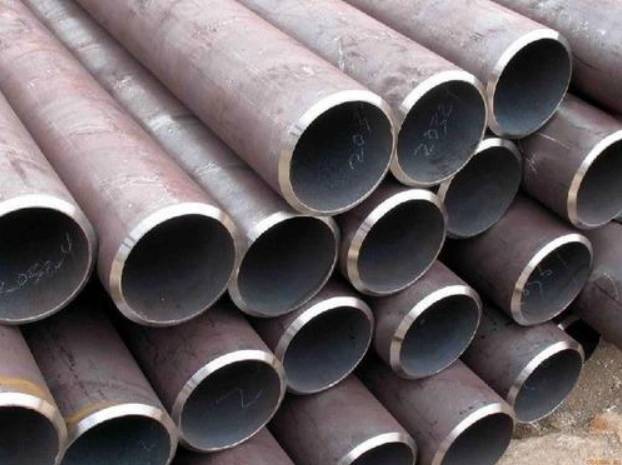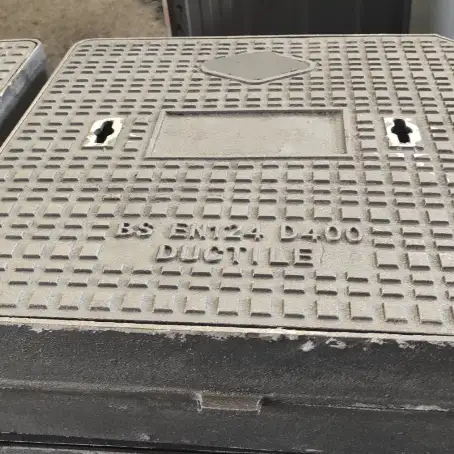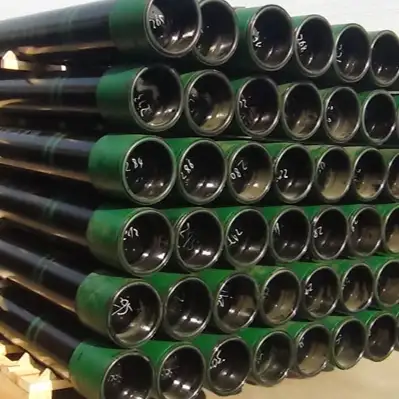AISI 5160 is a chromium-equipped, high-carbon spring steel renowned for its outstanding toughness, fatigue resistance, and ductility. With approximately 0.60–0.70% C, 0.75–1.00% Mn, 0.20–0.40% Si, and 0.80–1.10% Cr, 5160 combines high strength with excellent spring-back characteristics, making it a staple in automotive leaf springs, knife blades, suspension components, and industrial springs. This guide covers its chemistry, mechanical traits, heat treatment, fabrication practices, comparisons, market trends, sustainability, emerging technologies, and frequently asked questions.
1. Chemical Composition
| Element | Typical Range (%) |
|---|---|
| Carbon (C) | 0.60 – 0.70 |
| Manganese (Mn) | 0.75 – 1.00 |
| Silicon (Si) | 0.20 – 0.40 |
| Chromium (Cr) | 0.80 – 1.10 |
| Phosphorus (P) | ≤ 0.035 |
| Sulfur (S) | ≤ 0.040 |
Source: KnifeMaking
2. Mechanical Properties
| Property | Typical Value | Source |
|---|---|---|
| Tensile Strength (UTS) | 660 – 1150 MPa | MakeItFrom |
| Yield Strength | 280 – 1010 MPa | MakeItFrom |
| Modulus of Elasticity | 190 – 210 GPa | AZoM |
| Elongation at Break | 12 – 18% | AZoM |
| Hardness (Brinell) | 200 – 340 HB | MakeItFrom |
| Typical Delivered Hardness | 32 – 35 HRC | KnifeMaking |
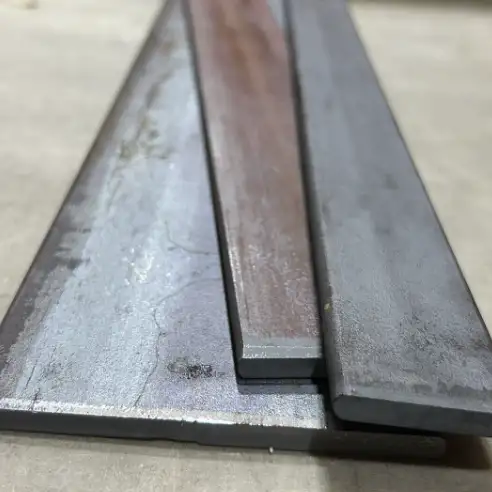
3. Key Advantages
-
Exceptional Toughness & Fatigue Resistance
The combination of high carbon and chromium delivers superior spring-back and cyclic durability. -
Wear Resistance
Chromium enhances hardenability, giving 5160 good abrasion resistance for long-life components. -
Ductility
Despite its hardness potential, 5160 maintains 12–18% elongation, preventing brittle failures under shock loads. -
Cost-Effectiveness
Widely available and economical relative to specialty alloys, making it the industry standard for heavy-duty springs.
4. Typical Applications
-
Automotive: Leaf springs, coil springs, suspension plates.
-
Knife & Tool Making: Blades, sword blanks, tool springs.
-
Industrial Springs: Shock absorbers, torsion springs, vibration dampers.
-
Agricultural Equipment: Harrow tines, plow springs.
5. Heat Treatment & Fabrication
5.1 Heat Treatment
-
Austenitizing: 1500–1525 °F (816–830 °C); hold 15–30 minutes for thick sections.
-
Quenching: Oil quench at 120–150 °F (49–66 °C) preheated oil to ensure uniform hardening.
-
Tempering: 375–400 °F (190–204 °C) for 1–2 hours yields 57–61 HRC; higher temps (400–600 °F) trade hardness for toughness.
5.2 Welding
-
Preheat: 392–572 °F (200–300 °C) to reduce HAZ cracking risk.
-
Process: SMAW or GTAW with low-hydrogen electrodes; interpass ≤400 °F.
-
Post-Weld: Temper at 350–400 °F to restore ductility.
5.3 Machining & Forming
-
Machining: Use sharp carbide tools, moderate speeds, generous coolant flow.
-
Cold Forming: Possible but may require intermediate anneals; hot forming at 1600–1850 °F enhances ductility.
6. Comparison with Similar Grades
| Grade | C (%) | Cr (%) | UTS (MPa) | Typical Use |
|---|---|---|---|---|
| 5160 | 0.60–0.70 | 0.80–1.10 | 660–1150 | Automotive/knife springs |
| 1095 | 0.90–1.03 | – | 900–1200 | High-carbon knives (shallow HAZ) |
| 6150 | 0.48–0.53 | 0.75–1.00 | 800–1050 | Shock-absorber springs |
5160’s chromium affords deeper hardening than 1095, improving toughness and fatigue life.
7. Market Pricing & Trends
-
Raw Material Costs: Priced between $1,200–$1,800 per metric ton (hot-rolled bars) in early 2025.
-
Demand Drivers: Automotive production rates, aftermarket spring replacements, custom knife-making trends.
-
Regional Variations: North America/EU premiums ~10–20% over Asian imports.
-
Outlook: Steady growth projected due to expanding electric vehicle suspension needs and hobbyist markets.
8. Sustainability & Recycling
-
High Recyclability: As with most carbon steels, 5160 is recyclable at >95% rates, closing the loop in spring-steel production.
-
Lifecycle Benefits: Recycled feedstock reduces energy use by up to 75% compared to primary smelting.
9. Emerging Technologies & Future Directions
-
Additive Manufacturing: Investigations into 5160 powders show potential for on-demand spring components, though cracking remains a challenge.
-
Surface Treatments: Laser nitriding and PVD coatings can further enhance wear and corrosion resistance, extending service life in harsh environments.
10. FAQs
-
What tempering range yields optimal spring properties for 5160?
Tempering at 375–400 °F provides peak hardness (57–61 HRC) and fatigue resistance; lower temps raise hardness, while higher temps improve toughness. -
Can I forge 5160 without annealing?
Forging hot at 1600–1850 °F is preferred; cold forging is possible but work hardens rapidly and may require intermediate anneals. -
How does 5160 compare to 5160H?
5160H has a tighter carbon range (0.60–0.70%), ensuring more consistent hardness and mechanical properties, often required in European standards.
11. Conclusion
5160 high carbon spring steel strikes an ideal balance of hardness, toughness, and fatigue resistance for demanding spring and blade applications. Its accessible cost, robust performance, and recyclability make it a go-to choice for engineers and fabricators worldwide. Utilize the heat-treatment guidelines and fabrication best practices outlined here to maximize the material’s service life and reliability.



